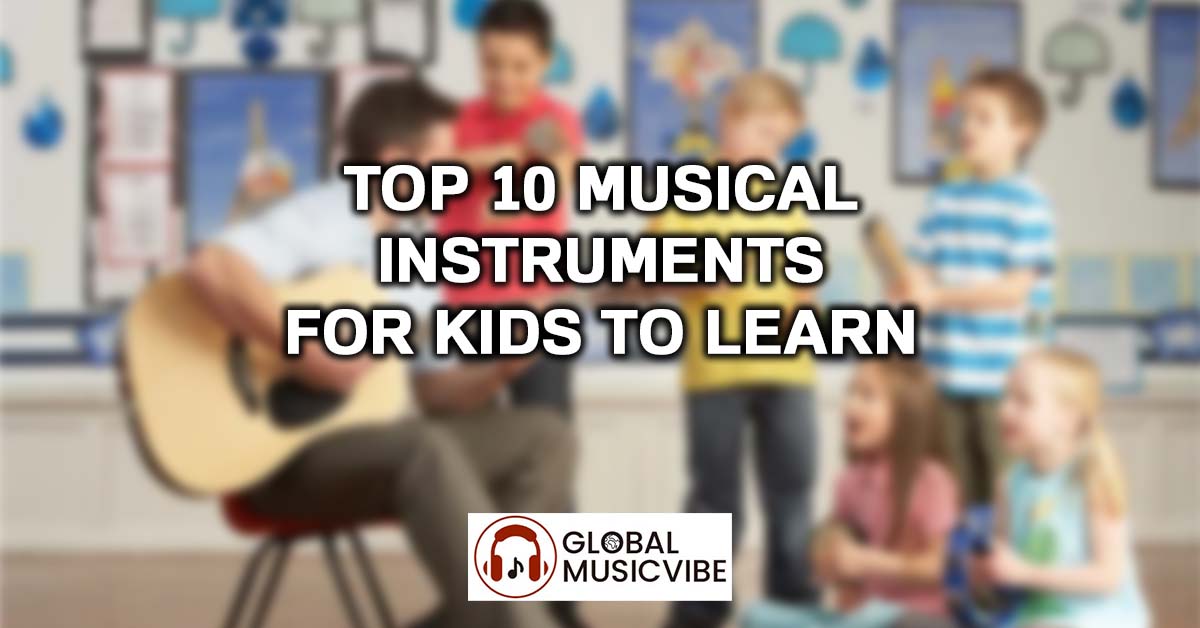Music has the power to inspire, soothe, and bring people together. Teaching your child to play a musical instrument not only enriches their life with the joy of music but also nurtures essential skills such as discipline, creativity, and patience. Whether you’re a parent looking to introduce your child to the world of music or a young musician eager to explore new instruments, this comprehensive list of the top 10 instruments for kids is sure to spark your interest.
1. Piano/Keyboard
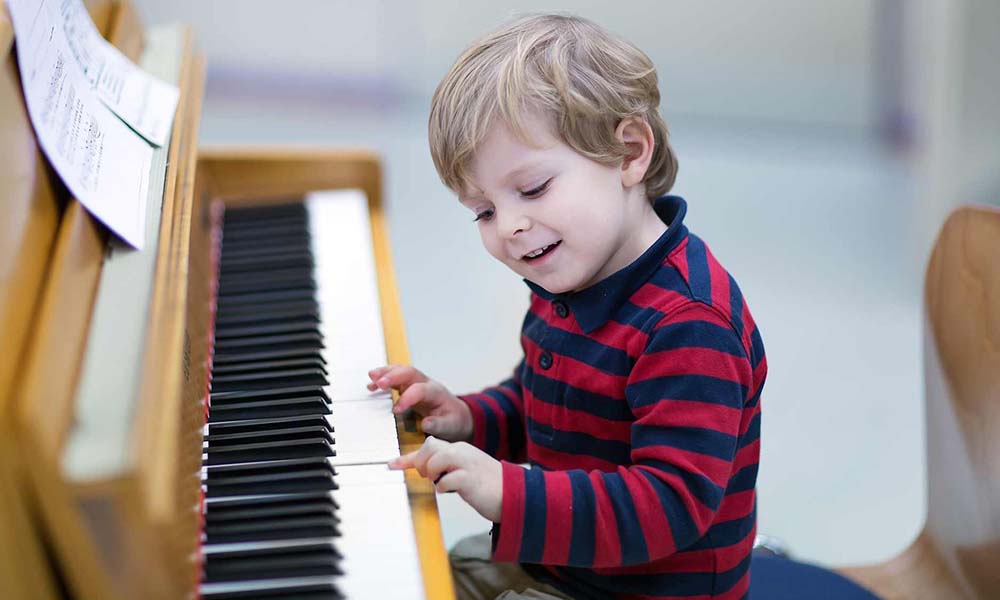
The piano is an iconic instrument and an excellent starting point for young musicians. Its keyboard layout makes it easier for kids to grasp fundamental musical concepts. With a piano, children can learn about scales, chords, and melodies more intuitively.
The piano provides a solid foundation for future musical endeavors, as the skills acquired here can be applied to other keyboard instruments, such as the organ or synthesizer. Additionally, the ability to read sheet music is often a skill acquired when learning the piano, which can be beneficial for other musical pursuits.
2. Violin
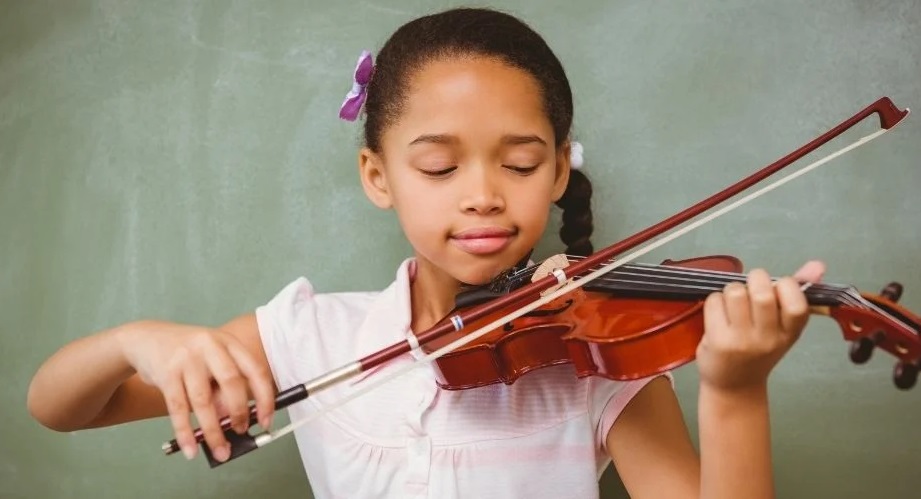
The violin is a timeless and elegant choice for children interested in string instruments. It is relatively small and lightweight, making it a practical option for kids. Learning to play the violin helps develop fine motor skills, a strong sense of pitch, and an appreciation for classical music. It’s also an instrument that can be introduced to children at a very young age, allowing them to grow with it over the years.
3. Guitar

The acoustic or classical guitar is a versatile and popular choice for kids. Its lightweight design and accessibility make it an instrument many young musicians are eager to learn. Learning to play the guitar can open the door to a world of musical styles, from folk and rock to classical and flamenco. It’s a portable instrument that can be carried around, making it a great choice for young musicians who want to share their music with friends and family.
4. Flute
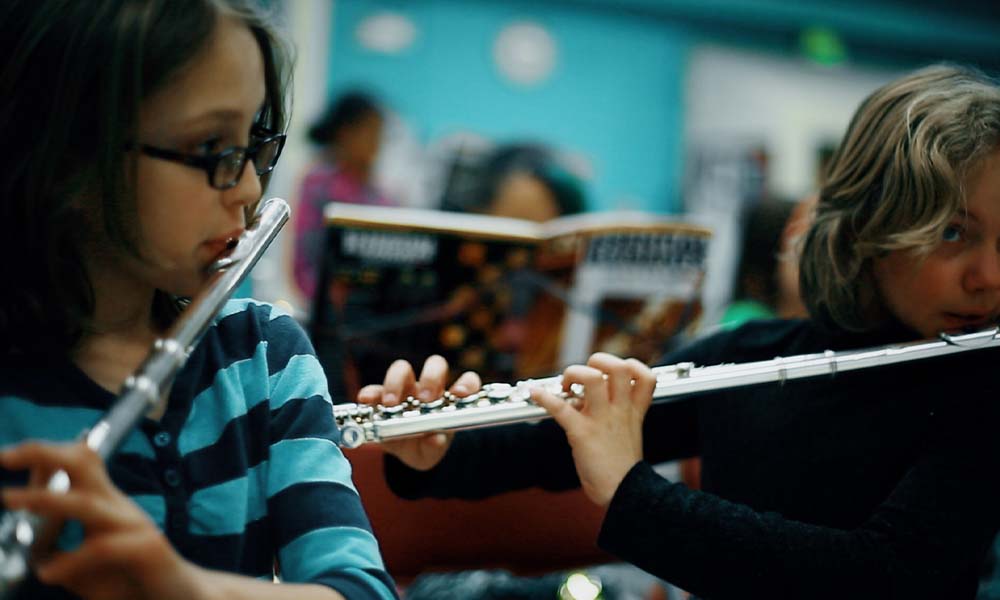
The flute’s sweet, melodic tone and lightweight design make it an attractive choice for kids. Learning to play the flute can be an enjoyable and rewarding experience. Children will develop breath control, finger dexterity, and an understanding of wind instruments. It’s often used in school bands and can be a gateway to more advanced woodwind instruments.
5. Drums/Percussion
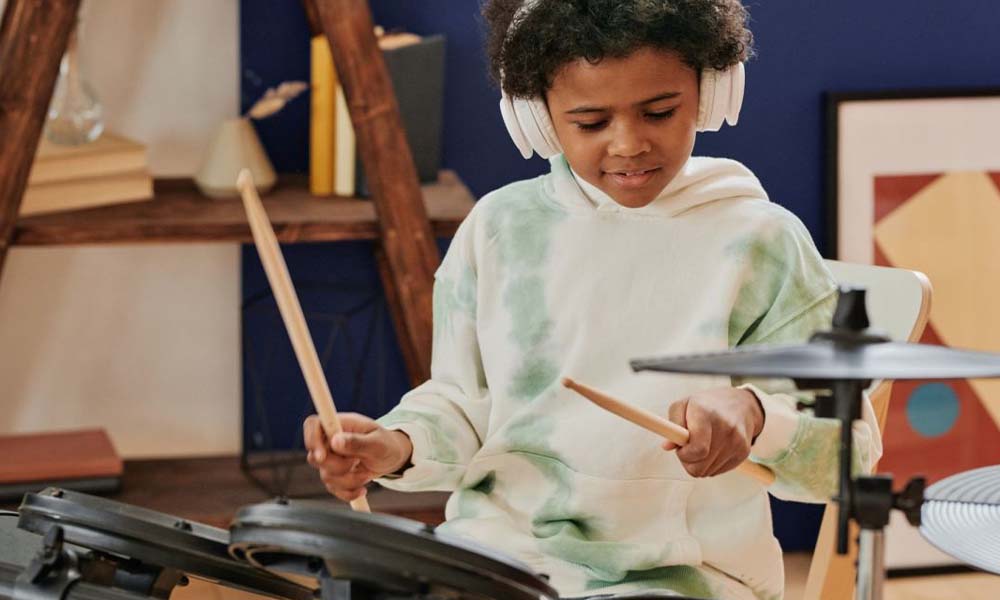
If your child has boundless energy and a natural sense of rhythm, percussion instruments like drums, bongos, or xylophones are a fantastic choice. Learning to drum can be a dynamic, physically engaging experience, and it helps children develop a keen sense of timing. It’s an ideal instrument for those who love to make noise and enjoy experimenting with various beats and rhythms. Moreover, percussion skills can lead to participation in school bands and percussion ensembles.
6. Saxophone
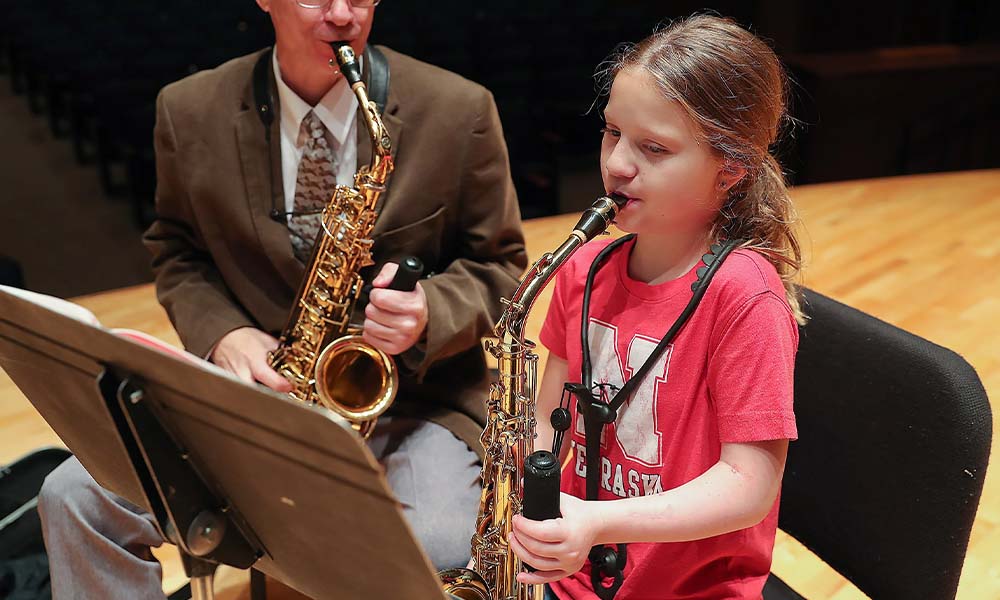
For children interested in wind instruments, the saxophone is a fun choice. With its expressive sound and unique design, the saxophone can capture the imagination of young players. The saxophone comes in various sizes, from the small soprano sax to the larger baritone sax. This variety allows kids to choose an instrument that suits their age and physical capabilities. Learning to play the saxophone can lead to exciting opportunities in school bands and jazz ensembles.
7. Clarinet

The clarinet is a versatile woodwind instrument that’s relatively easy for kids to start with. Its clear and mellow tone makes it a lovely choice for young musicians. Learning the clarinet can be an excellent introduction to the world of woodwinds, and it often leads to opportunities in school bands and orchestras. As children progress with the clarinet, they can explore other woodwind instruments, such as the oboe or bassoon.
8. Trumpet
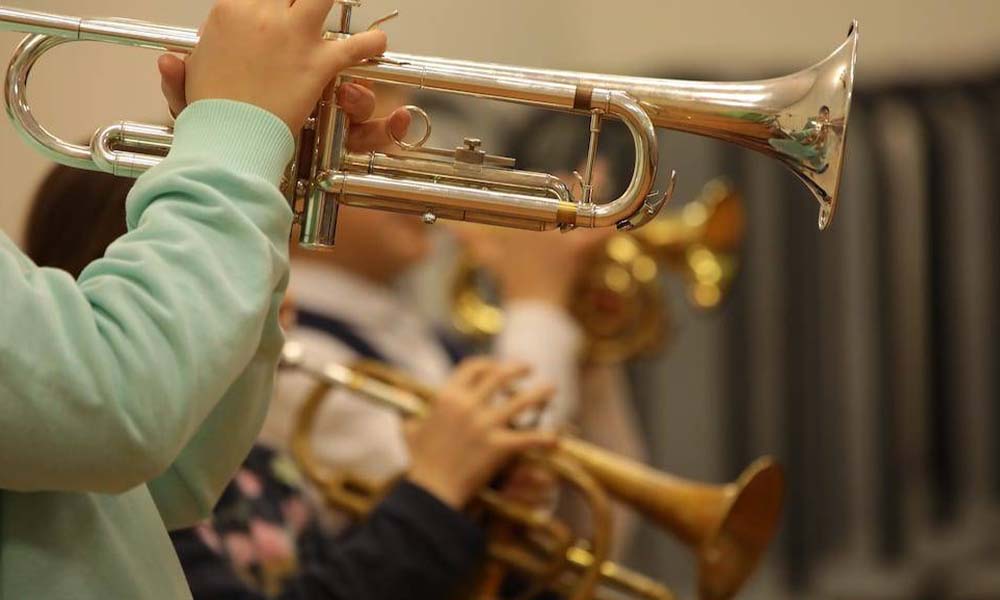
Trumpets are perfect for kids with a penchant for brass instruments. They are known for their bright, lively sound and are relatively straightforward for beginners to learn. Trumpets come in different sizes, but for young children, the smaller B-flat trumpet is the best option. Learning to play the trumpet can set the stage for involvement in school bands, brass ensembles, and even jazz bands. It’s an instrument that provides plenty of room for creativity and expression.
9. Ukulele
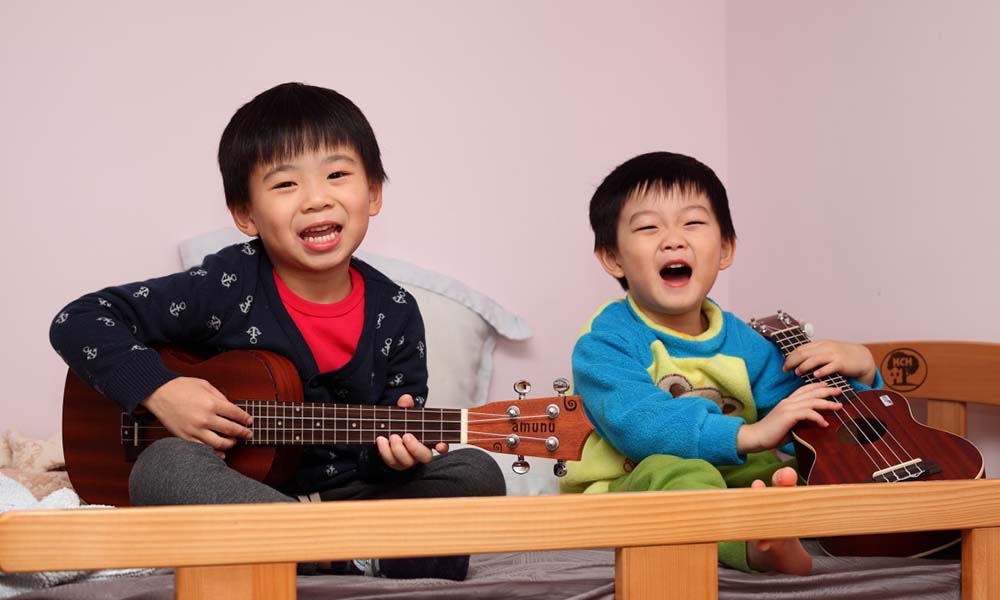
The ukulele is a small, lightweight guitar-like instrument that’s perfect for young children. It’s easy to learn and great for singing along. The ukulele’s four nylon strings are gentle on young fingers, making it an ideal choice for beginners. Children can quickly pick up basic chords and strumming patterns, allowing them to play popular songs in no time. The ukulele is not only a gateway to the world of string instruments but also a delightful way for kids to accompany themselves while singing.
10. Xylophone/Marimba
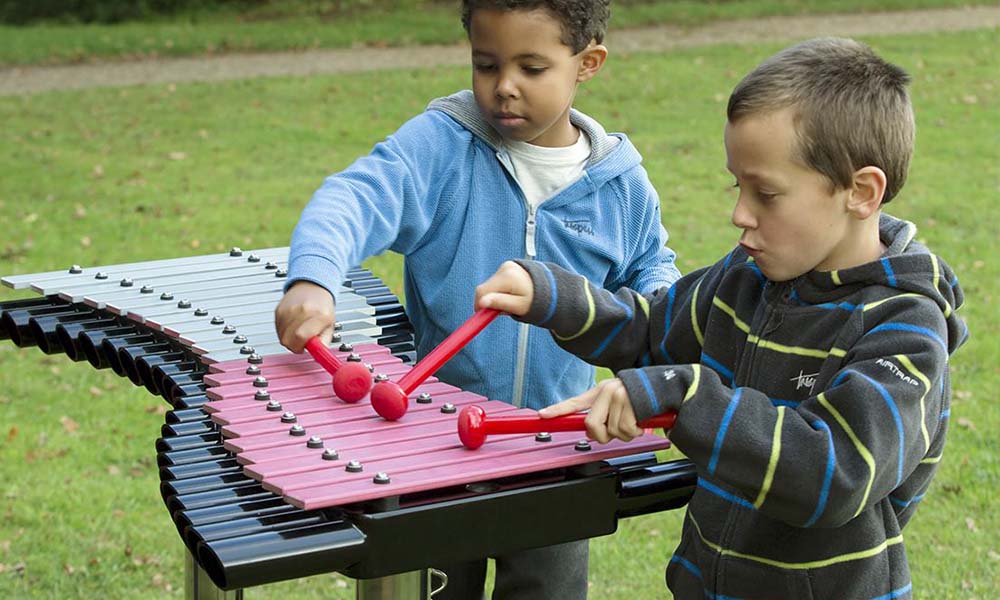
Percussion instruments like the xylophone or marimba are not only fun but also help kids understand rhythm and melody through hands-on experience. The xylophone, with its colorful bars and enchanting sound, can captivate young learners. It’s an excellent introduction to the world of percussion and can lead to further exploration of various mallet instruments, such as the marimba and vibraphone. Learning to play the xylophone or marimba promotes coordination and an appreciation for melodic percussion.
FAQs: Choosing the Right Musical Instrument for Kids
What’s the best age for a child to start learning a musical instrument?
There’s no one-size-fits-all answer to this question. Children can start learning music as early as 3 or 4 years old with instruments like the xylophone or ukulele. For more complex instruments like the violin or trumpet, it’s often recommended to wait until a child is around 6 to 8 years old, depending on their physical development and readiness to handle the instrument.
How can I determine which instrument is the best fit for my child?
The best instrument for your child depends on their interests, physical capabilities, and personality. Observe their inclinations towards specific sounds or types of music. Additionally, consider their age and the instrument’s size and complexity. Most importantly, involve your child in the decision-making process; their enthusiasm is crucial.
Do I need to hire a music teacher for my child, or can they learn on their own?
While some children can learn the basics of an instrument on their own, a skilled music teacher can provide structured lessons, guidance, and feedback that significantly accelerate the learning process. Professional instruction can also ensure your child develops proper technique and avoids bad habits.
What’s the cost associated with learning a musical instrument?
The cost can vary widely depending on the instrument chosen, the quality of the instrument, and whether your child takes lessons. Instruments like the ukulele or keyboard can be relatively affordable, while more advanced instruments can be more costly. Consider renting or purchasing a beginner-level instrument initially to assess your child’s interest before investing in a high-quality instrument.
Are group lessons or individual lessons better for children?
This depends on your child’s personality and learning preferences. Group lessons can be a great way for children to socialize and make friends with similar interests. However, individual lessons offer more personalized attention and can cater to your child’s specific needs and pace of learning.
How much practice should my child do each day?
The ideal practice time varies depending on the child’s age and experience. For beginners, 15-30 minutes a day is usually sufficient. As your child progresses, they may naturally want to spend more time practicing. The key is to keep it enjoyable and not push them too hard, as this can lead to burnout.
What are the benefits of learning a musical instrument for children?
Learning to play an instrument has numerous benefits for children, including improved cognitive abilities, enhanced fine motor skills, increased discipline and focus, and a heightened appreciation for music and the arts. It also fosters creativity and can boost self-esteem.
Can my child switch to a different instrument if they lose interest in their current one?
Yes, children can switch to a different instrument if they lose interest. Learning one instrument can often provide valuable musical foundations and make transitioning to another instrument easier. It’s essential to keep the experience positive and encourage your child to explore their musical preferences.
How can I support and encourage my child in their musical journey?
To support your child, create a nurturing and encouraging environment. Attend their lessons, listen to their practice, and show an active interest in their progress. Celebrate their milestones and performances. Most importantly, let them have fun with music, as enjoyment is the most potent motivator.
Is there a particular instrument that’s better for academic success or future opportunities?
While certain instruments may provide unique advantages, such as the piano for music theory or the violin for orchestral opportunities, the most critical factor is your child’s interest and passion. A child who loves their instrument will be more motivated to excel, regardless of the instrument’s perceived advantages.
Choosing the right musical instrument for your child is a personal and sometimes challenging decision, but with patience and exploration, you can help your child discover the instrument that resonates with their heart and soul. Music is a lifelong gift that can enrich their lives in countless ways.
You may also like: 20 Best Clarinet Pop Songs (Greatest Hits)
Conclusion
Encouraging your child to learn a musical instrument is a gift that can last a lifetime. The right instrument for your child depends on their interests, age, and physical abilities. It’s essential to let your child explore various instruments and discover the one that resonates with them the most. Whether they choose the piano, violin, guitar, or any other instrument from this list, their musical journey will be a source of joy and personal growth. So, let the music play and watch your child flourish as they embark on this harmonious adventure.
Learning to play an instrument is a journey filled with discovery and self-expression. As a parent or guardian, you have the opportunity to support your child in this musical voyage, and it’s a gift that they’ll carry with them throughout their lives. Music has the power to uplift, inspire, and connect, and by introducing your child to the world of instruments, you’re offering them a lifelong source of joy and creativity. So, go ahead, pick an instrument, and let the melodies fill your home as your child embarks on their musical adventure.

